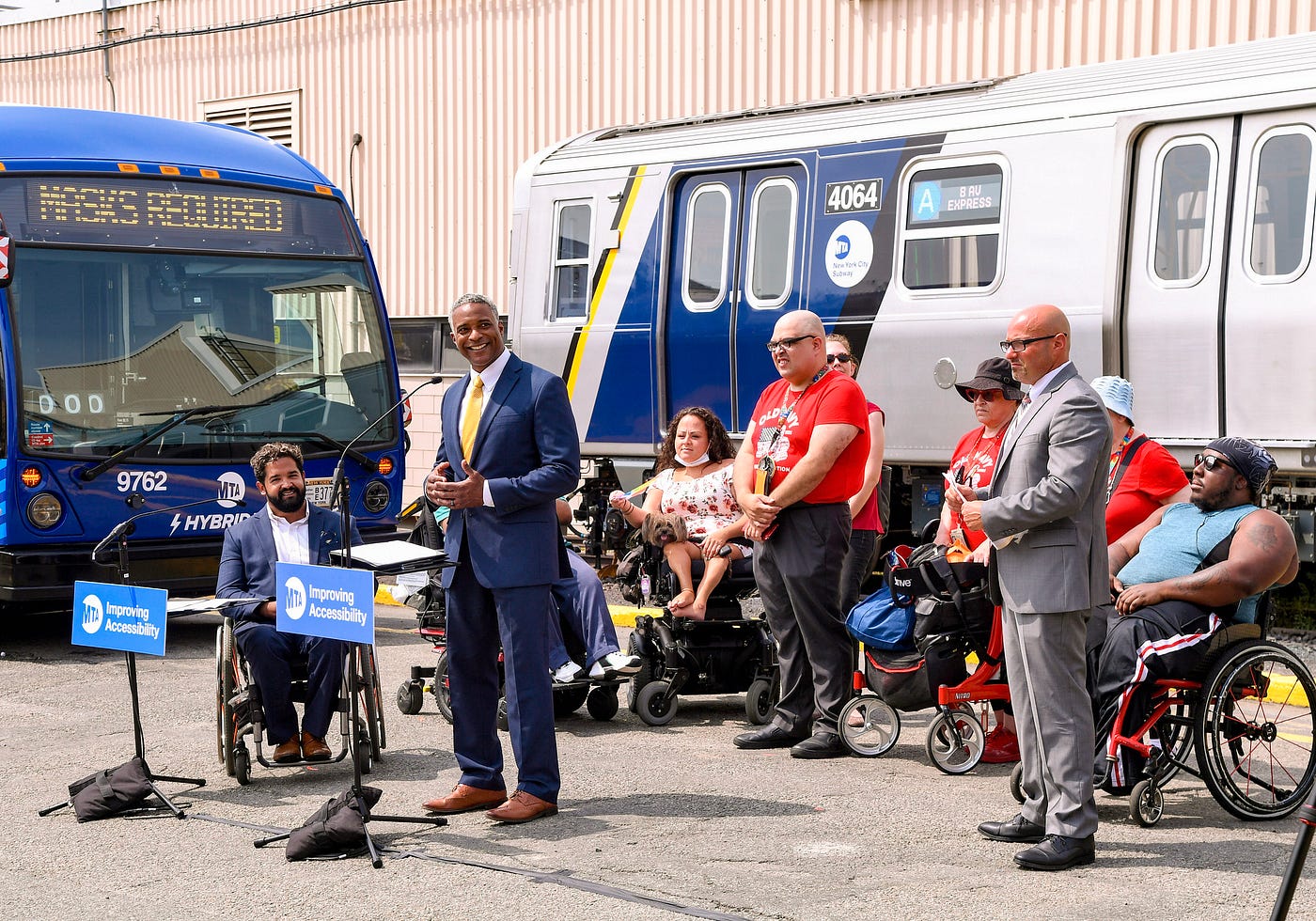Public transport systems are a lifeline for cities, but their benefits can only be fully realized when they are accessible to all, including disabled passengers. Enhancing accessibility in public transportation is not just a matter of social responsibility but also a legal and ethical imperative. This article delves into the strides being made and the challenges yet to be overcome in making public transport truly inclusive for disabled passengers.
The Current State of Accessibility
Despite significant progress in recent years, many public transport systems still fall short when it comes to accessibility for disabled individuals. Challenges range from physical barriers, such as a lack of wheelchair ramps and elevators, to sensory limitations, including the absence of audio-visual aids for the blind and deaf. Recognizing these gaps is the first step towards creating a more inclusive transport system.
Legal Frameworks and Policies
Several countries have implemented laws and policies mandating public transport accessibility. For instance, the Americans with Disabilities Act (ADA) in the United States sets strict standards for public transport accessibility. Such legal frameworks are crucial in ensuring that the rights of disabled passengers are protected and that public transport providers comply with accessibility standards.
Technological Innovations in Accessibility
Technology is playing a crucial role in enhancing public transport accessibility. Features like low-floor buses, automatic ramp extensions, and tactile paving are becoming more common. Advances in digital technology also offer solutions, such as apps that provide real-time information on accessible transport options and navigation assistance within stations and terminals.
Training and Awareness Programs
Equally important is the training of public transport staff in disability awareness and assistance. Personnel who are knowledgeable and sensitive to the needs of disabled passengers can make a significant difference in their travel experience. Regular training programs help ensure that staff members are equipped to offer the necessary support.
Challenges in Implementation
Implementing accessibility measures can be challenging, especially in older transport systems where retrofitting infrastructure can be costly and complex. Balancing budget constraints with the need for inclusive design requires innovative and cost-effective solutions.
The Role of Community and Advocacy Groups
Community and advocacy groups play a vital role in pushing for better accessibility in public transport. By voicing the needs and concerns of disabled passengers, these groups ensure that accessibility remains a priority in transport planning and policy-making.
Looking Forward: An Inclusive Future
As cities continue to grow and evolve, the need for accessible public transport will only become more critical. An inclusive approach to transport planning, one that considers the diverse needs of all users, is essential for creating equitable and sustainable urban environments.
Conclusion
Enhancing public transport accessibility for disabled passengers is a journey that requires commitment, innovation, and collaboration. By striving to overcome existing barriers and designing for inclusivity, we can ensure that public transport systems serve everyone, embodying the true spirit of a connected and compassionate community.










